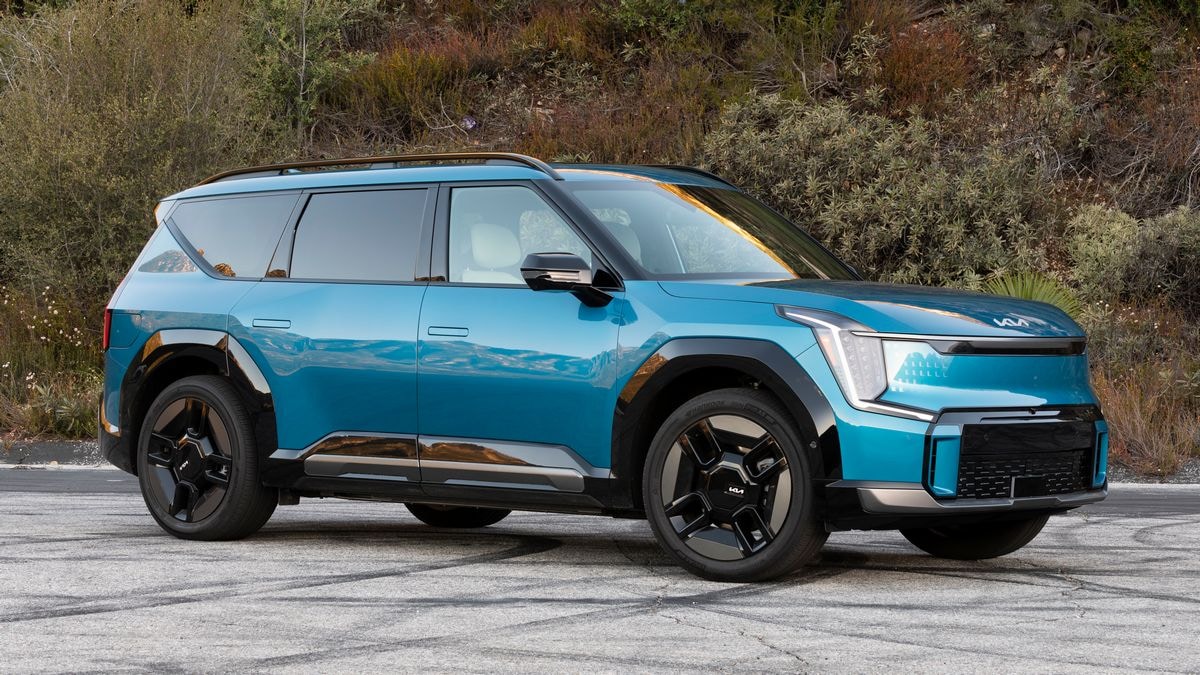The list of cars that qualify for a federal tax credit will shrink on Jan. 1, 2025. If you’re in the market for a new electric car and certain you want to buy, it may make sense to complete your purchase before the calendar flips to a new year. But, if you’re uncertain or early in the shopping process, the news isn’t a reason to rush a five- or fix-figure decision.
We’ll explain:
How the Tax Credit Works
Many buyers can qualify for a federal tax rebate of up to $7,500 when they buy an electric vehicle (EV). But both the buyer and the car have to qualify. Buyers don’t have to front the money and claim it later on their taxes. They can just sign it over to a dealership to use as a down payment on a car.
Related: How Do EV Tax Credits Work?
Buyers must meet income restrictions.
Cars must fit under a price cap ($55,000 for sedans, $80,000 for trucks and SUVs), and meet an ever-tightening threshold ensuring that they don’t use critical materials from China. That threshold gets higher every Jan. 1 until 2028.
Today, a car qualifies for half the credit if at least 60% of its battery is built in North America. That figure jumps to 70% when 2025 starts.
It qualifies for the other half if at least 50% of the minerals used in that battery originate in the U.S. or certain trade partners. That number increases to 60% on Jan. 1.
When you lease an EV, the IRS waives all of those restrictions – leased EVs qualify for any shopper at any price, no matter where their parts and materials come from.
Why the List Changes
Congress wrote those rules to encourage the auto industry to shift supply chains outside of China. The act is working, as automakers and battery suppliers continue to build new factories in the U.S.
But the auto industry hasn’t shifted every supply line yet. New mines for battery minerals are still opening. A car that uses lithium from China this month may use lithium from Nevada next month. It may use lithium from a mine in Arkansas next year when that mine is operational.
Automakers are still opening factories as well. Hyundai, for instance, built its well-liked Ioniq 5 SUV only in South Korea for the 2024 model year. For 2025, it will build the same car in Georgia. The company planned that change after the Inflation Reduction Act, which created the current credit system, was signed in 2022. However, preparing the Georgia factory for the shift took several years.
Why It’s in the News Lately
Over the next few months, you’ll hear a lot about the EV tax credit.
Reuters reported last week that the incoming Trump administration plans to try to end the credit.
They may not succeed. The Inflation Reduction Act, which created the current credit system, is a law, not a regulation. Congress can undo it, but the president can’t.
Trump has publicly opposed government efforts to encourage more electric cars. Several regulations help promote EV sales, which his administration could rewrite without any input from Congress.
However, ending the tax credit would require an act of Congress, which has had difficulty agreeing on much of anything for years.
Changes We Expect
While the tax credit may not disappear soon, the list of cars that qualify for it will shrink in 41 days when the new year begins.
We’ve reached out to every automaker to ask which vehicles they expect to qualify on Jan. 1 and will bring news as they respond. But they may not answer us. In prior years, they’ve been reluctant to state which cars they build will meet the criteria as it ratchets down.
If last year is any guide, we’ll get piecemeal news on production plans instead. The first piece came in yesterday, as the Korea Herald reported that Kia is preparing to scale back production of its EV9 SUV because the car won’t qualify for the full credit on Jan. 1.
However, the company is “constructing a battery cell manufacturing plant in Georgia” near the factory that builds the EV9. When that factory produces batteries, the EV9 will likely earn the credit back.








